15 Arranged Marriages That Unexpectedly Blossomed Into Real Love
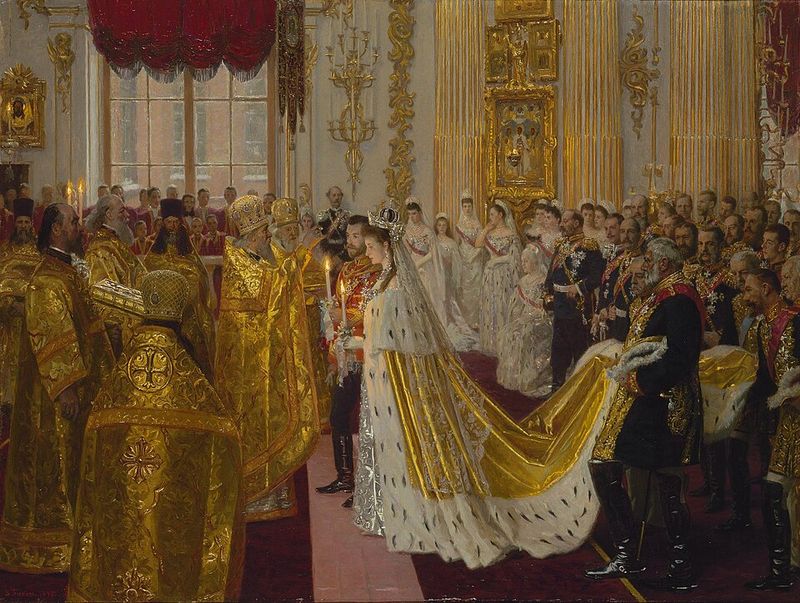
Arranged marriages have been common throughout history, especially among royal families who needed to form political alliances. Many people assume these unions were cold and loveless, but that wasn’t always true.
Some couples who barely knew each other on their wedding day grew to share deep affection and genuine partnership. Their stories prove that love can bloom in unexpected ways, even when it starts with duty rather than romance.
1. King Charles I and Queen Henrietta Maria
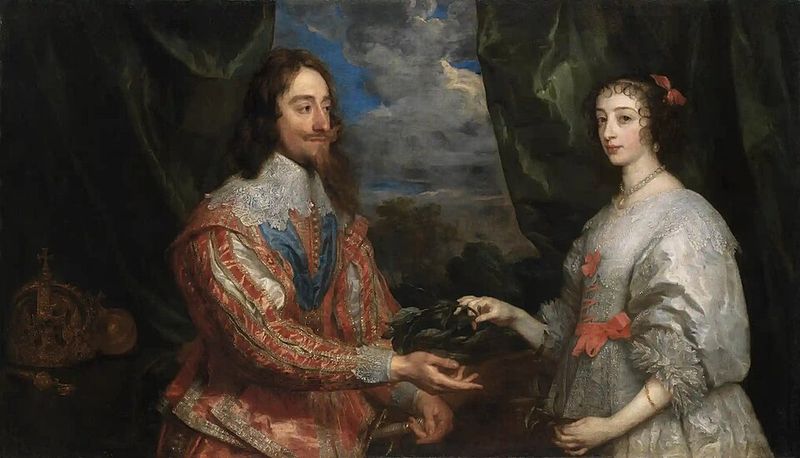
Their marriage started awkwardly when Charles couldn’t even speak French and Henrietta knew no English. Political tensions between England and France made their early years together quite difficult. Charles initially kept his distance, focusing more on his favorite courtier than his new bride.
Everything changed after that courtier was assassinated in 1628. Charles turned to Henrietta for comfort, and they discovered genuine connection. Their bond grew incredibly strong over the next decade.
They became one of history’s most devoted couples, writing passionate letters and supporting each other through England’s civil wars. Henrietta called Charles her “dear heart,” and their love remained unshakable until his execution in 1649.
2. Tsar Nicholas II and Alexandra Feodorovna
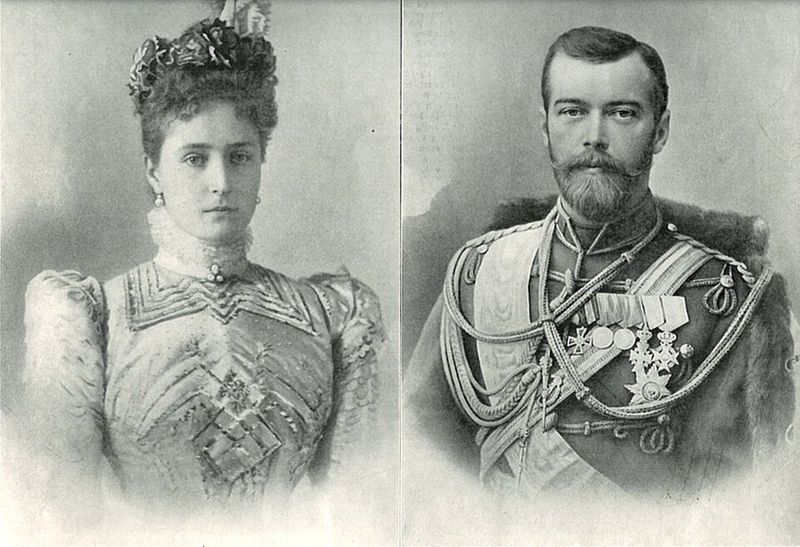
Unlike many royal matches, Nicholas actually chose Alexandra himself, though family pressure played a role. She was a German princess who had to convert to Russian Orthodoxy, which caused controversy. Their 1894 wedding happened during a period of national mourning, casting a shadow over the celebration.
Despite the gloomy start, they developed an exceptionally close marriage. Nicholas called Alexandra “Sunny” and wrote her loving letters whenever they were apart. She became his most trusted advisor and confidante.
Their deep devotion to each other and their five children remained constant through political turmoil. They faced execution together in 1918, holding hands until the very end of their tragic story.
3. King Henry II and Eleanor of Aquitaine

Eleanor was eleven years older than Henry and had already been married to the King of France. When that marriage was annulled, she brought enormous wealth and land to her union with the young Henry. Many believed this was purely a power grab on both sides.
Their early years together were filled with passion and partnership. Henry relied on Eleanor’s political wisdom, and she helped him rule their vast empire. They had eight children together and seemed genuinely compatible.
Though their relationship eventually soured due to Henry’s infidelities and power struggles, their initial connection was undeniably real and transformative for medieval Europe.
4. Queen Victoria and Prince Albert
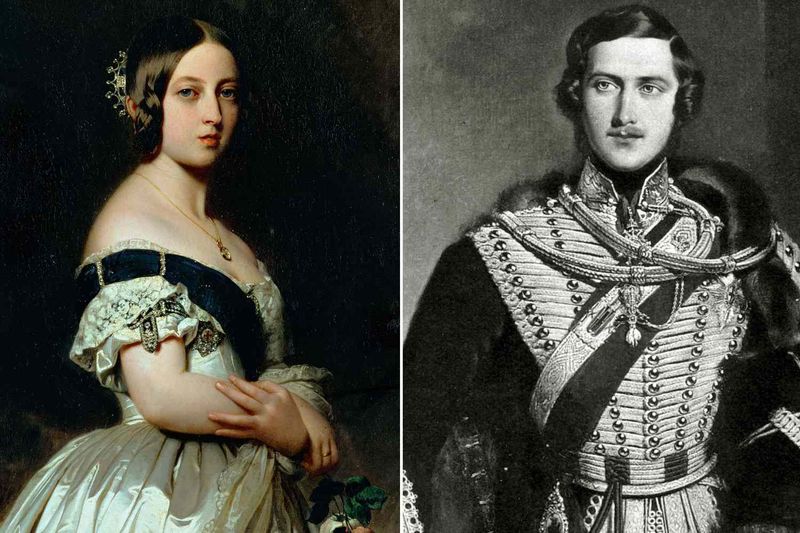
Victoria’s advisors pushed hard for this marriage to her German cousin Albert. She resisted at first, worried about losing her independence as Britain’s young queen. When Albert finally visited, she found him handsome but remained uncertain about giving up her freedom.
Five days after his arrival, Victoria proposed to him (as protocol required). Their wedding day marked the beginning of one of history’s greatest love stories. Albert became her trusted partner in everything, from politics to parenting their nine children.
When Albert died in 1861, Victoria mourned him for the remaining forty years of her life, wearing black and keeping his rooms exactly as he left them.
5. Emperor Franz I and Empress Maria Theresa
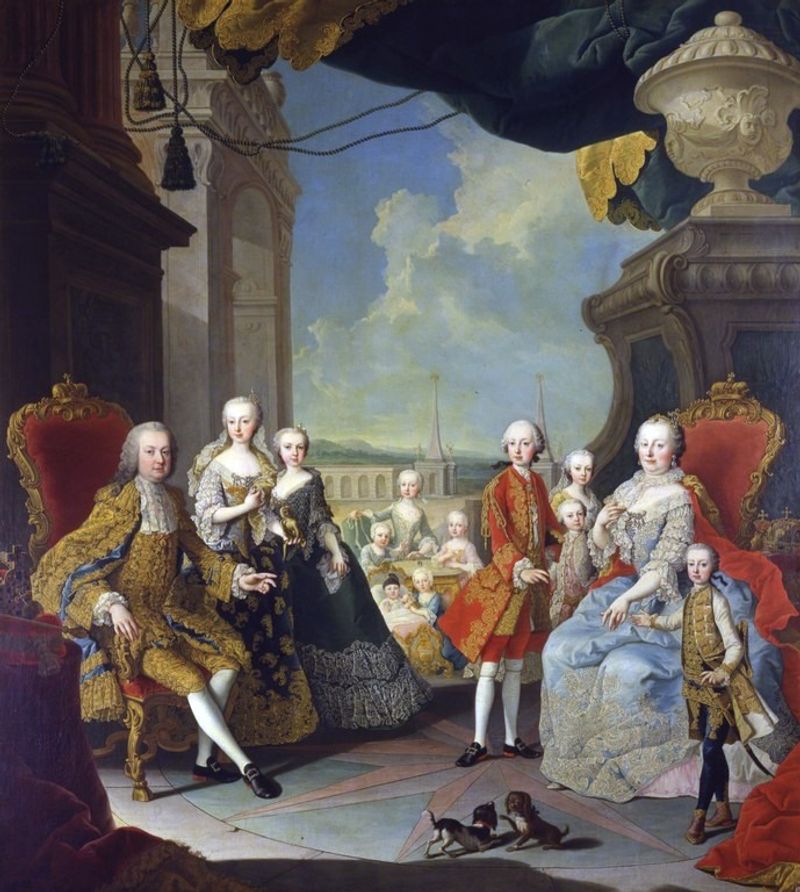
As a teenager, Maria Theresa was promised to Franz Stephen of Lorraine—a match crafted not for love, but for politics. The marriage was meant to secure European alliances, and few imagined it would hold anything beyond duty.
Against all odds, Maria Theresa fell deeply in love with Franz. She adored him throughout their marriage, even though he wasn’t particularly ambitious or politically skilled. They had sixteen children together, and she remained devoted despite his known infidelities.
Franz supported Maria Theresa’s groundbreaking reign as one of Europe’s most powerful female rulers. Her grief when he died in 1765 was profound and genuine, demonstrating their unexpected emotional bond.
6. Emperor Peter III and Catherine the Great
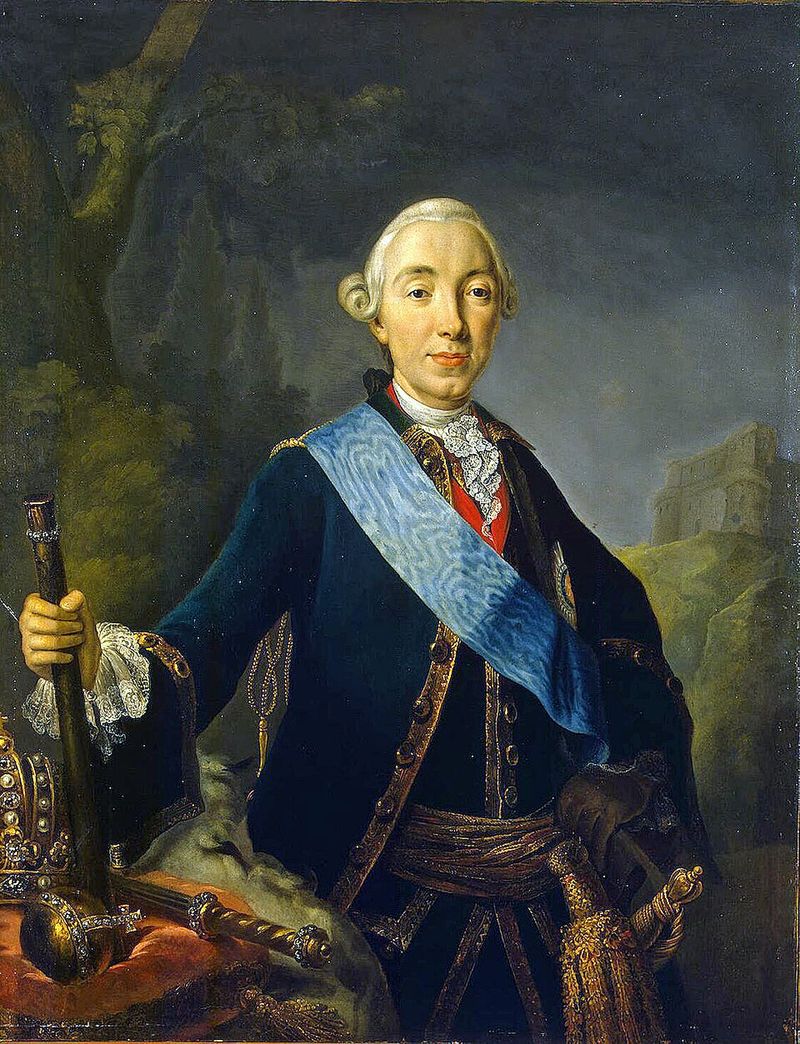
Catherine, born a minor German princess, was selected to marry Russia’s heir when she was just fourteen years old. Peter showed no interest in her whatsoever, preferring to play with toy soldiers. Their wedding night was reportedly a disaster, and the marriage remained unconsummated for years.
They never developed romantic love, but Catherine grew to love Russia itself with fierce passion. She learned Russian, converted faithfully to Orthodoxy, and studied politics intensely. Her dedication impressed many at court.
Eventually, Catherine overthrew Peter in a coup and became one of history’s most successful rulers. Though their marriage failed personally, it brought her to her true calling as empress.
7. Emperor Franz Joseph I and Empress Elisabeth of Austria

The plan was simple: Franz Joseph would marry Elisabeth’s older sister. Instead, he surprised everyone by losing his heart to the younger Sisi. Barely fifteen and wildly unprepared for royal life, she stepped into an empire—and a love story that began like a dream.
Franz Joseph remained devoted to Elisabeth throughout their marriage, but she struggled terribly with court restrictions. She felt trapped and suffocated by Habsburg protocols. Despite having four children together, Sisi spent years traveling away from Vienna.
Their relationship was complicated—Franz genuinely loved her, and she cared for him, though she couldn’t bear the imperial lifestyle. His grief when she was assassinated in 1898 revealed his enduring affection.
8. Emperor Hirohito and Empress Kojun
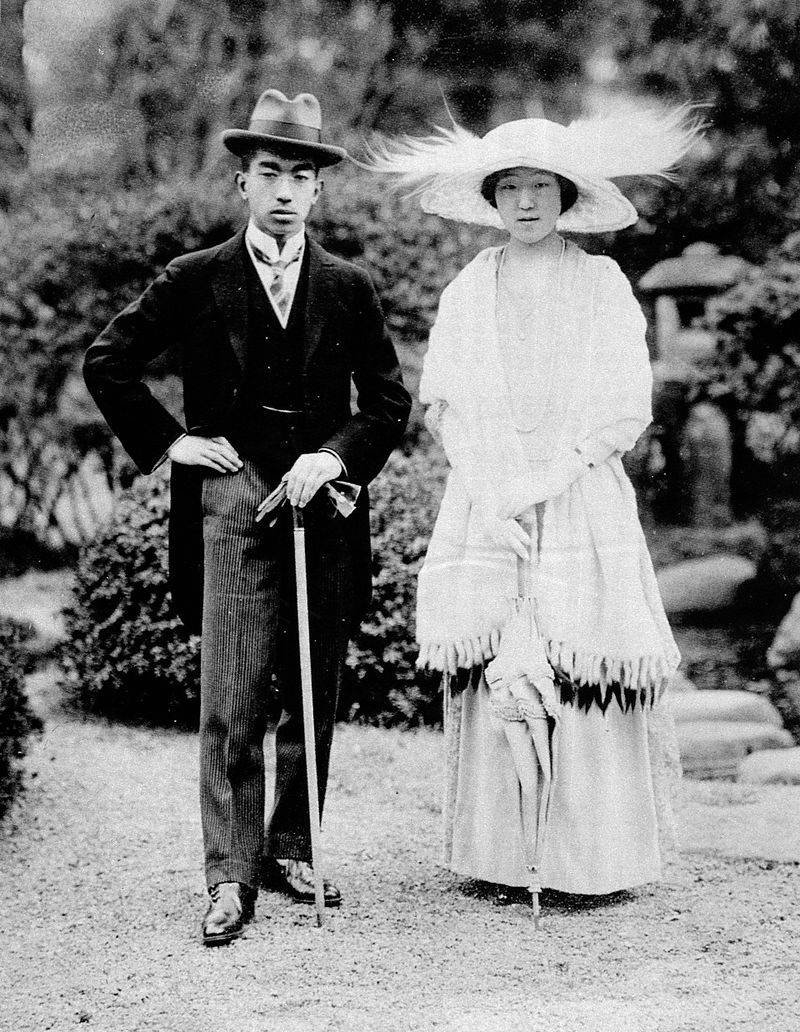
Kojun was chosen through an exhaustive selection process examining hundreds of potential brides for Japan’s future emperor. She came from the appropriate noble family and met all the strict requirements. Their 1924 marriage was entirely arranged by imperial advisors and family members.
Hirohito and Kojun developed a partnership based on mutual respect and shared duty. While not openly affectionate in public (as Japanese imperial tradition demanded), they maintained a stable relationship. She supported him through World War II and Japan’s dramatic transformation afterward.
They stayed married for nearly seventy years until her death in 2000. Their seven children and long union suggested a deeper connection than mere obligation.
9. King Louis IX and Margaret of Provence
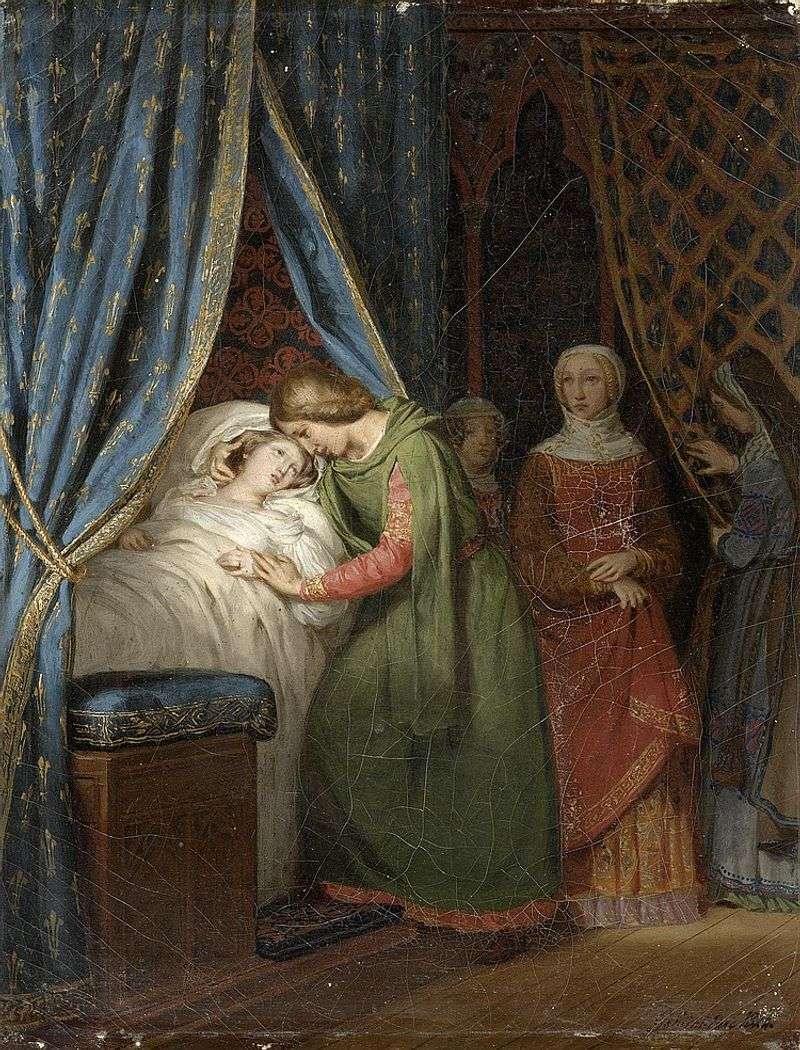
Long before sainthood, Louis was already famed for his piety. At twelve, Margaret of Provence was chosen to marry him in 1234, sealing a powerful alliance between France and the South. Few imagined such a holy ruler and such a young bride could find anything beyond duty.
Margaret proved to be remarkably strong-willed and politically astute. She accompanied Louis on crusade to the Holy Land, even giving birth there. When he was captured, she negotiated skillfully for his release.
Louis deeply respected Margaret’s intelligence and courage. Though his mother often interfered in their marriage, they maintained genuine affection and partnership. They had eleven children together during their thirty-six-year union.
10. King Philip II of Spain and Queen Mary I of England
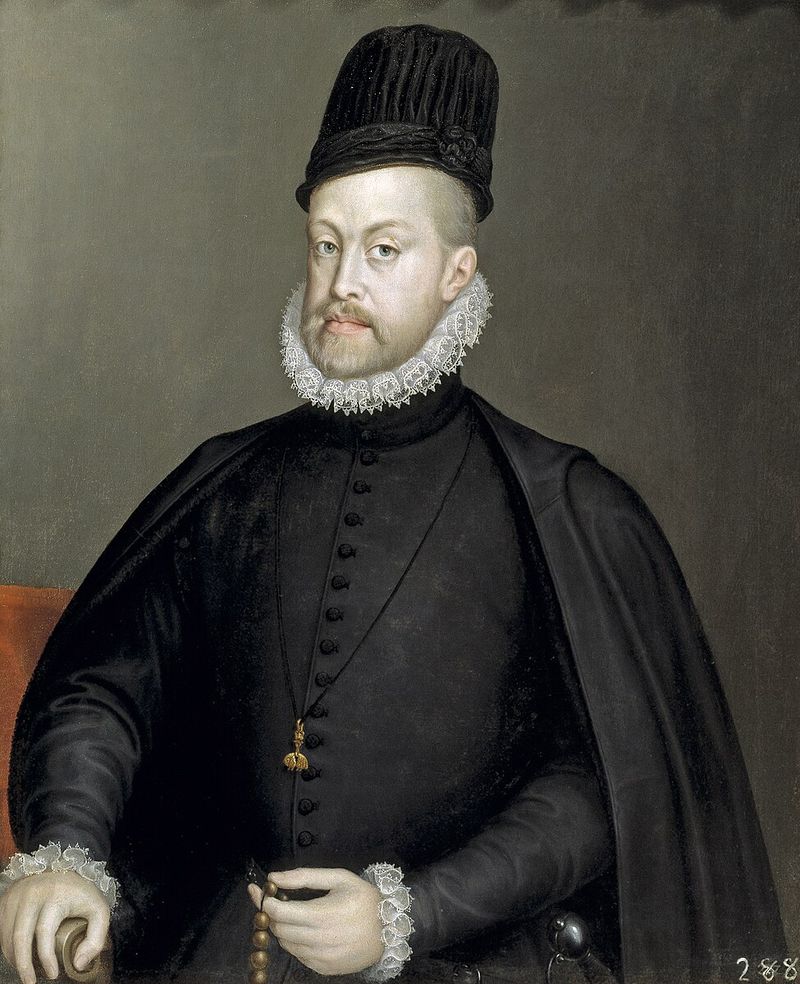
Mary was eleven years older than Philip and desperately wanted to marry and produce an heir for England. Philip’s father arranged the match to gain influence over England. Many English people opposed having a Spanish king consort, creating immediate tension.
Philip arrived in England in 1554 and dutifully married Mary, though he found her unattractive and old-fashioned. Mary, however, fell genuinely in love with her handsome young husband. She adored him and constantly sought his attention and approval.
Philip spent as little time in England as possible, disappointing Mary terribly. Her love remained unrequited, making this one of history’s saddest arranged marriages despite her genuine feelings.
11. Henry VII and Elizabeth of York
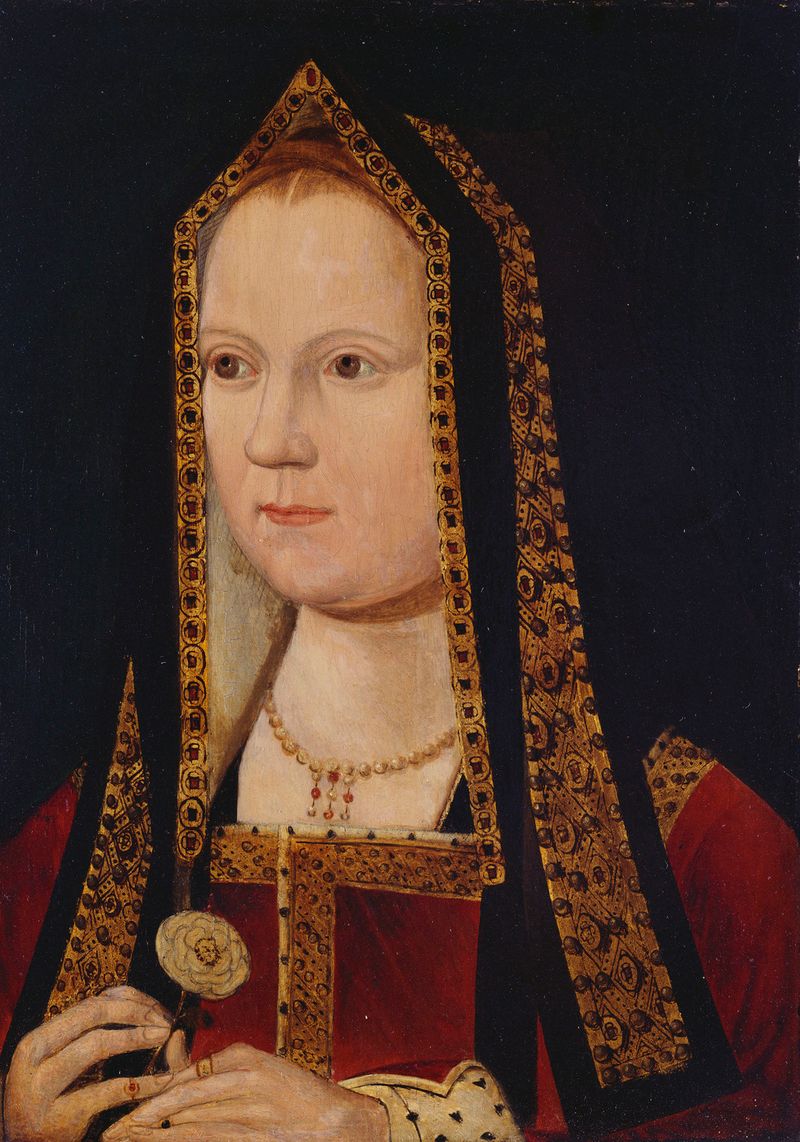
Their marriage in 1486 united the warring houses of Lancaster and York, finally ending England’s bloody civil wars. Henry had won the throne by conquest, and marrying Elizabeth legitimized his claim. She was the daughter of his enemy, King Edward IV, making the match politically brilliant but personally awkward.
Contemporary accounts suggest they grew to genuinely care for each other. Henry was reportedly devastated when Elizabeth died in 1503 after childbirth. He never remarried, which was unusual for a king needing heirs.
They had seven children together and presented a united front throughout their seventeen-year marriage, suggesting real partnership beyond political necessity.
12. King Louis XVI and Marie Antoinette
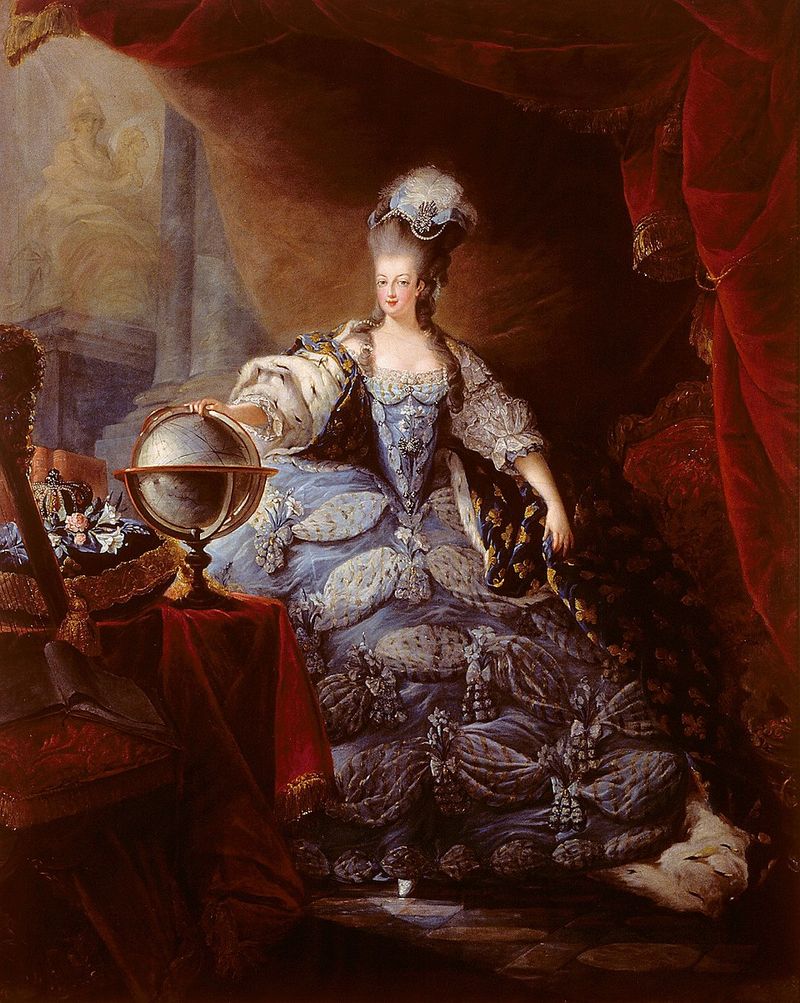
Marie Antoinette left her Austrian home at fourteen to marry France’s heir, a boy she’d never met. Louis was awkward, shy, and more interested in locksmithing than courtly romance. Their marriage famously remained unconsummated for seven years, causing enormous scandal and pressure.
Eventually, they overcame their difficulties and developed genuine affection. Marie Antoinette supported Louis during the French Revolution’s terrifying events. When revolutionaries imprisoned the royal family, they drew closer together in shared suffering.
Their final letters before execution reveal real tenderness and concern for each other. What began as an uncomfortable teenage arrangement ended in mutual devotion during their darkest hours.
13. King George III and Queen Charlotte

In 1761, seventeen-year-old Charlotte left Germany to marry George—on the very day they met. She didn’t speak English, London was intimidating, and George had set aside the woman he truly loved to honor a political alliance.
Despite the unpromising beginning, they developed one of the British monarchy’s most successful marriages. George remained faithful to Charlotte throughout their union, which was remarkable for kings of that era. They shared interests in music, farming, and family life.
They had fifteen children together and celebrated fifty-seven years of marriage. Charlotte nursed George through his mental illness episodes with genuine devotion and concern.
14. King Frederick William III and Queen Louise of Prussia

Louise was everything Frederick William was not—charming, confident, and adored by the people. Their 1793 marriage was a political arrangement, yet against all expectations, the shy, indecisive prince began to inspire love where no one thought it possible.
Louise and Frederick William surprised everyone by falling deeply in love. She became his closest advisor and greatest source of strength. When Napoleon invaded Prussia, Louise personally confronted the French emperor to negotiate better terms, showing remarkable courage.
Frederick William was heartbroken when Louise died young in 1810 at age thirty-four. He kept her rooms unchanged and wore her portrait around his neck for the rest of his life.
15. Emperor Justinian I and Empress Theodora

Theodora’s background was scandalous—she had worked as an actress and courtesan, occupations considered shameful in Byzantine society. Justinian defied every social convention to marry her, even changing laws that forbade such unions. Their 525 marriage shocked Constantinople’s aristocracy.
Justinian and Theodora became one of history’s most powerful ruling partnerships. He valued her political judgment above all his advisors. When riots nearly drove them from power, Theodora’s courage convinced Justinian to stay and fight rather than flee.
They ruled together for over twenty years, transforming the Byzantine Empire. Justinian’s grief when Theodora died in 548 was profound, and he never fully recovered from losing his partner.

Comments
Loading…